Rum Ration: The Complete History Behind "the Daily Tot"
 Would you like to work someplace where you could drink on the job?
Would you like to work someplace where you could drink on the job?
If you were a sailor for the British Royal Navy between 1655 and 1970, drinking on the job was the norm. Known as the "daily tot," this rum ration was distributed to all seafaring men.
How did this (rather wonderful) tradition get its start? What was its purpose? And why did it end?
Pour yourself a drink and set sail with us on this fascinating voyage into the history of rum rations.
A Brief History of the Rum Ration
The idea of daily alcohol rations might seem bizarre, but remember that at many points in history water was not always available or safe to drink.
This was especially true on long voyages at sea, when water supplies could turn rancid (or run out). A gallon of beer was the original rationed drink for sailors, but it too could spoil easily at sea.
Around 1655, many ships switched over to rum rations instead. It didn't rot inside barrels and also didn't take up as much room as beer, freeing precious space for cargo.
So What's a Daily Tot?
Life at sea was challenging, so we can only imagine how much those hard-working sailors looked forward to their daily rum ration.
Between 11 am and noon, a call of "Up Spirits!" would echo through the ship. This was the signal for all men to gather on deck to receive their "daily tot" of rum.
In 1740, Admiral Edward Vernon introduced a concoction of watered-down rum mixed with sugar and lime juice. This "grog" was supposed to reduce drunkenness, but many sailors saved their rations for drinking sprees.
And yes, this is where we get the term "groggy" to describe that fuzzy-headed feeling after a night of drinking.
Fun trivia fact: The officer in charge of distributing the rum ration was known as the purser. Mispronunciations of the name led to calling the rum "Pusser's," making it the precursor to the award-winning rum you know and love today.
The Day Rum Rations Ended
The rum ration tradition survived Caribbean conquests, the settlement of the Americas, and two World Wars.
By the 1960s, technology on naval vessels had advanced to include complex machinery. Operating these delicate systems while under the influence of alcohol was no longer considered safe.
On July 31, 1970, now known as Black Tot Day, naval sailors enjoyed their last daily tot ration. Many wore black armbands and poured their ration into the sea as a symbolic "burial" of the much-loved tradition.
Pusser's Rum: Ready for Your Daily Tot?
The rum ration was a practice that spanned over 300 years of naval history.
It kept morale high among sailors—and we're sure a few tears were shed when they drank their final ration on Black Tot Day.
Luckily, we here on land aren't under any restrictions when it comes to rum rations. (You can even have your rum cake and eat it too.)
If all this talk of rum is making you thirsty, you're in luck. We're here to quench your thirst with our collection of smooth, delicious rums.


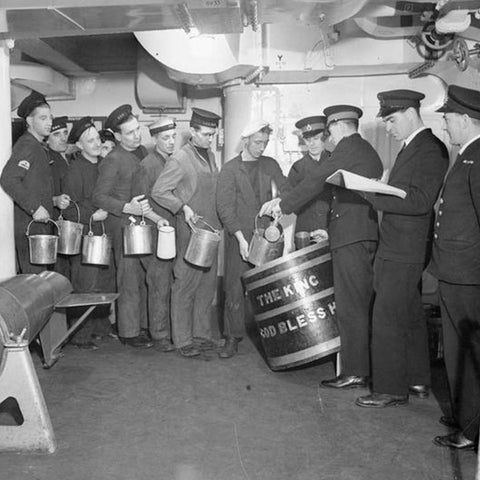

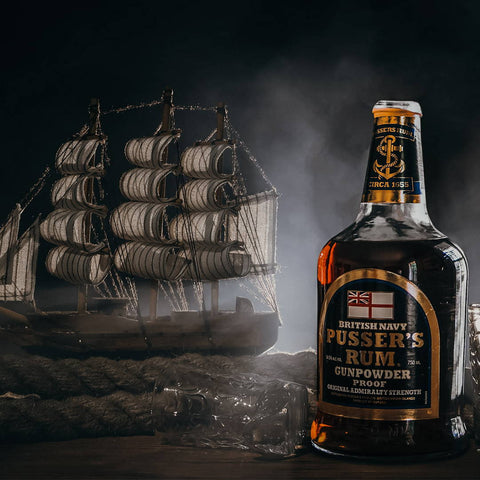
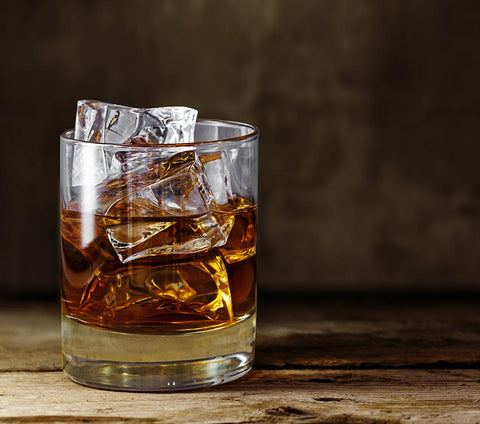
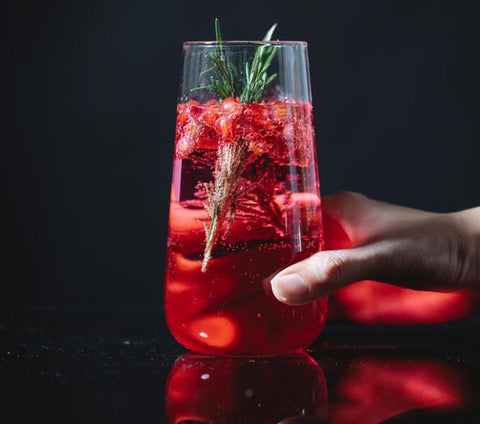
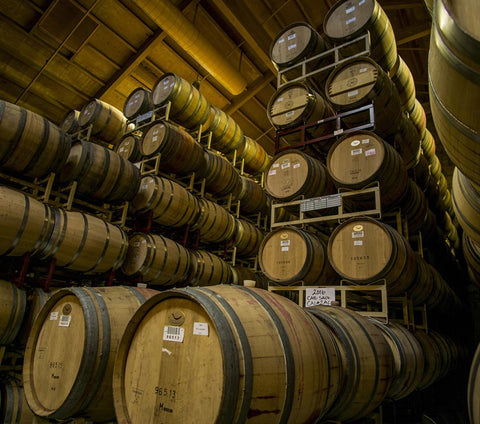
As an RAF Armoured I did a tour mid- 60s with the RAF Bomb Disposal. In the winter working outdoors in all weathers we were entitled to a rum tot daily and it was supplied in stone demijohns from Royal Navy sources. The issue rule was IIRC, tots only if the temperature was below freezing but that was easily ‘achieved’. Very welcome when out on a freezing snow covered field in a blizzard!
Wow what a great read I served in the fleet air arm from 1960 to 1972 the best days of my life.I am now 80 yrs old but remember the good old days.On that sad day of the last tot stands out as I was leading hand of my mess and handed the tots out to all our mess.It was a sad day but being an armourer understood the reasons we had to give in ha ha
How skillfully this article avoided any mention of the rum ration for ship’s boys in the 17th thru 19th century British navy. Powder monkeys, cabin boys, “nippers” ship’s boys, surgeon’s assistants, cook’s assistants, et al were always boys. They could be as young as ten, but usually 12 to 14 years old. I typical crewing of a ship with 278 able seamen was augmented with 17 boys. These were not ‘young sailors’ but little boys with jobs designed specifically for them. Their daily rum ration was also 300ml of 100 proof rum twice a day – but ‘diluted’ with 600ml of water. So it was the same amount of rum as the adult men got, but with water added. That is a LOT of fluid. This is enough 100 proof rum to thoroughly inebriate a 150 pound sailor, and totally wreck the judgement of a 75 to 100 pound boy. In 1740, Admiral Edward Vernon wrote “The pernicious custom of the seamen drinking their allowance of rum in drams and often, at once is attended with many fatal consequences to their morals, as well as their health…besides stupefying their rational qualities, which makes them heedlessly slaves to every brutish passion…”
SPLICE THE MAINBRACE🤪
What was the Pusser’s waste allowance? Reduced in 1834 from one-eighth to 0ne-tenth
Leave a comment